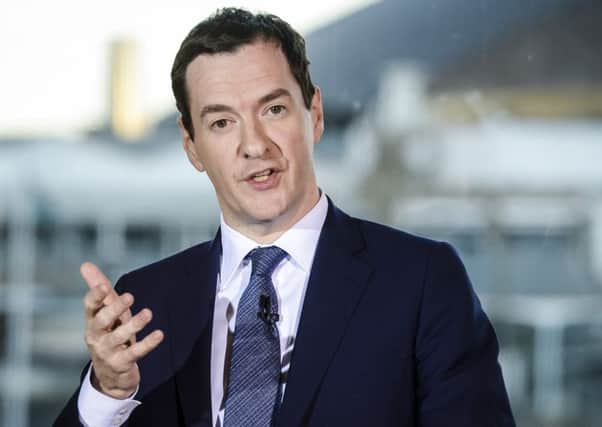Jeff Salway: Pension firms living on borrowed time


A decade on from “A-Day”, that system could barely be more complex. The Chancellor had been set to put it out of its misery in this week’s Budget, driving another nail into the pension industry’s coffin by abandoning the current approach to pensions tax.
A consultation launched last summer raised the prospect of moving to an Isa-style system where the tax relief is paid at the end (on withdrawal) rather than upfront (on contributions). If that were to happen, the case for pensions would crumble.
Advertisement
Hide AdAdvertisement
Hide AdThat’s why the pensions industry would have been happy to see the end of higher rate tax relief on pension contributions if it meant retaining the basis of the current system. Now it seems that, after months of consultation and speculation, the system will remain mostly unchanged, at least for now.
That might well be the worst outcome, not only because it extends the uncertainty, but also because it means keeping higher rate tax relief for a while longer. Paying tax relief to savers at their highest marginal rate means the top 1 per cent of taxpayers get the same amount of pensions tax relief as the bottom 50 per cent, according to the Resolution Foundation, which describes the system as “highly regressive”.
George Osborne could have switched to a flat rate that would have helped savers on modest incomes while retaining a tax incentive for higher earners. But, mindful of the need to keep Middle England sweet ahead of the EU referendum, he won’t even do that.
It’s clear that higher rate tax relief has had its day. We simply can’t justify spending millions of pounds on encouraging affluent people to save (and with little evidence that it does so) while doing nothing to help those on more modest incomes.
A flat rate isn’t perfect, but it’s both fair and sustainable. At 30 per cent, it would boost the pension pot at retirement of a full-time median earner aged 30 by 13 per cent, and by 14 per cent for a full-time earner on the national living wage, according to the Resolution Foundation.
As the recent Independent Review of Retirement Income suggested, the average worker should be paying 15 per cent of their salary into a pension if they want a decent standard of living in retirement.
The pensions industry expends a lot of energy exhorting people to save, but not as much as it does on defending higher rate tax relief.
If it really believes in the power of tax relief, it would welcome an increase in the tax relief that a flat rate would give to basic-rate taxpayers.
Advertisement
Hide AdAdvertisement
Hide AdIt seems that yet another opportunity to simplify the system and make it fairer is about to go begging. Pension firms know it’s just a temporary reprieve, however.
If the Chancellor wants one thing more than a quick way of boosting Treasury coffers, it’s the keys to No 10. The EU referendum may be the crucial factor on this occasion, but the Treasury’s thirst for short-term revenue (at virtually any long-term cost) ensures pension tax reform will soon be back on the agenda.